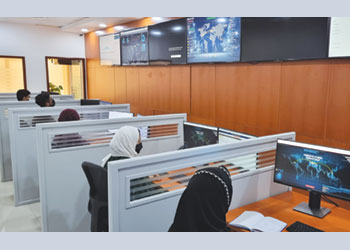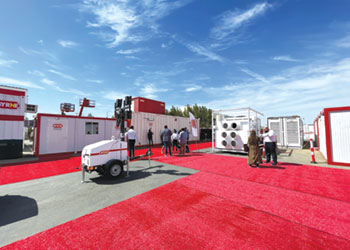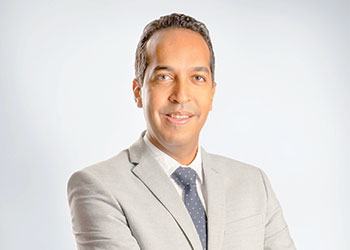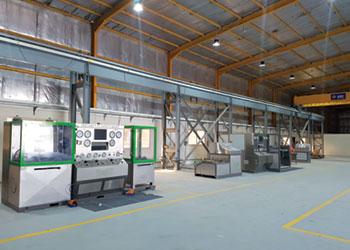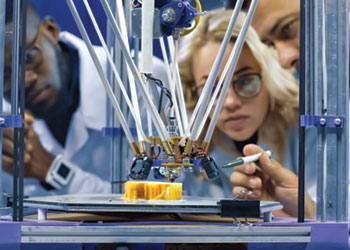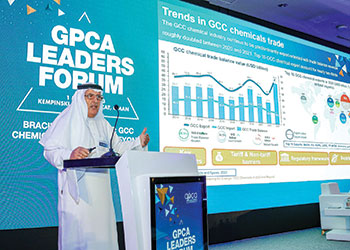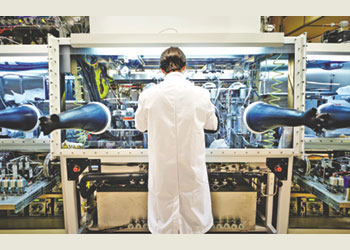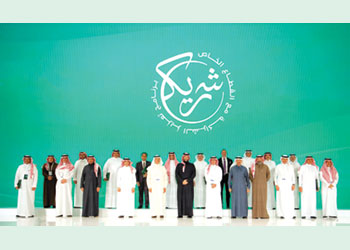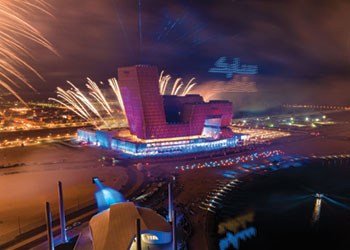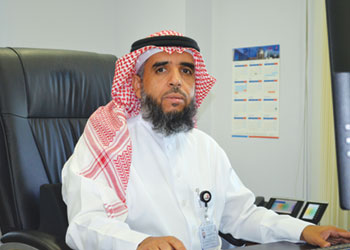
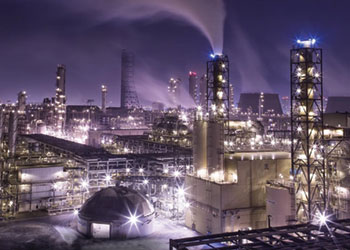 SABIC's carbon neutrality roadmap will help reduce 7.2 million MTCO2e by 2030
SABIC's carbon neutrality roadmap will help reduce 7.2 million MTCO2e by 2030
SABIC is on course for meeting its Scope 1 and 2 greenhouse gas (GHG) emissions reduction target, having curbed emissions at an average of 3 per cent year-on-year (YoY) since the baseline year of 2018.
It has also become one of the first companies in the industry to assure overall Scope 3 emissions.
SABIC’s roadmap goal now targets a 20 per cent reduction in absolute emissions (Scope 1 and 2) by 2030 to support its carbon neutrality commitment.
And while the company will continue to report its progress on both intensity-based and absolute reduction targets, its primary focus after 2025 shall be on these new absolute reduction targets.
SABIC made public its commitment in 2021 to become carbon neutral by 2050 in the fight against climate change.
The company’s Carbon Neutrality Roadmap works along five pathways to decarbonisation: Reliability, energy efficiency and improvements; renewable energy; electrification; carbon capture; and green/ blue hydrogen, coupled with its ongoing focus on circular and renewable feedstock.
In 2022, it gave greater clarity to its efforts by developing site-specific carbon neutrality roadmaps aimed at 2030 targets.
Accordingly, planned efficiency optimisations, along with the commencing of decommissioning energy intensive sites in 2025, will lead to an expected reduction of about 7.2 million MTCO2e by 2030.
Furthermore, SABIC has continued to advance in the Saudi Energy Efficiency Center (SEEC) 2nd cycle journey with a commitment to bring the efficiency of operations and energy usage on par with global trends.
To achieve this ambitious target, the company has invested $1.38 billion toward 80 affiliate projects, including eight mega-projects.
SABIC made important progress on several of these projects last year, including commissioning the Yanpet EG-II Energy Efficiency Project, which will reduce plant energy intensity by 30 per cent, as part of the company’s ongoing efforts to make its EG plants more sustainable.
In 2022, SABIC began constructing the world’s first demonstration plant for an electrically-heated steam cracker furnace in partnership with chemical and industrial gas giants BASF and Linde.
The plant, located at BASF’s Verbund site in Ludwigshafen, Germany, will test both direct and indirect heating concepts, and be operational this year.
This new technology has the potential to reduce ethylene CO2 emissions by approximately 90 per cent by using electricity from renewable resources instead of burning fossil fuel.
SABIC is also expanding the use of renewables in line with Vision 2030 for the country to be 50 per cent powered by renewable energy by 2030. It aims to have in place 4 GW installed capacity of renewable energy by 2025 and 12 GW by 2030.
Meanwhile, its mega carbon capture and utilisation (CCU) plant at United, Jubail, Saudi Arabia, opened in 2015, is one of the largest facilities of its kind in the world, capable of capturing and purifying up to 500,000 metric tons of CO2 from the production of EG every year.
Last year, SABIC also initiated a CCU programme to capture CO2 from seven different affiliates, targeting 2 million MT of CO2 capture by 2026 and another 2 million metric tons by 2030.
If these capacities are expanded, SABIC could be in a position to supply CO2 to the proposed carbon capture and storage (CCS) hub in Jubail — the largest in the world — in 2027.
Similarly, SABIC continues to make strides in low-carbon ammonia (blue and green ammonia). This follows on after a milestone was achieved in 2020, when Aramco and SABIC sent the world’s first blue ammonia shipment to Japan for zero carbon power generation.
SABIC has extended its disclosure improvements to wider environmental KPIs. Increasing the granularity of its environmental footprint reporting, it has added water withdrawal, water discharge, and water consumption accounting across its manufacturing sites.
SABIC will release full GHG emissions disclosures, along with its environmental KPIs in the SABIC Sustainability Report 2022.










































































